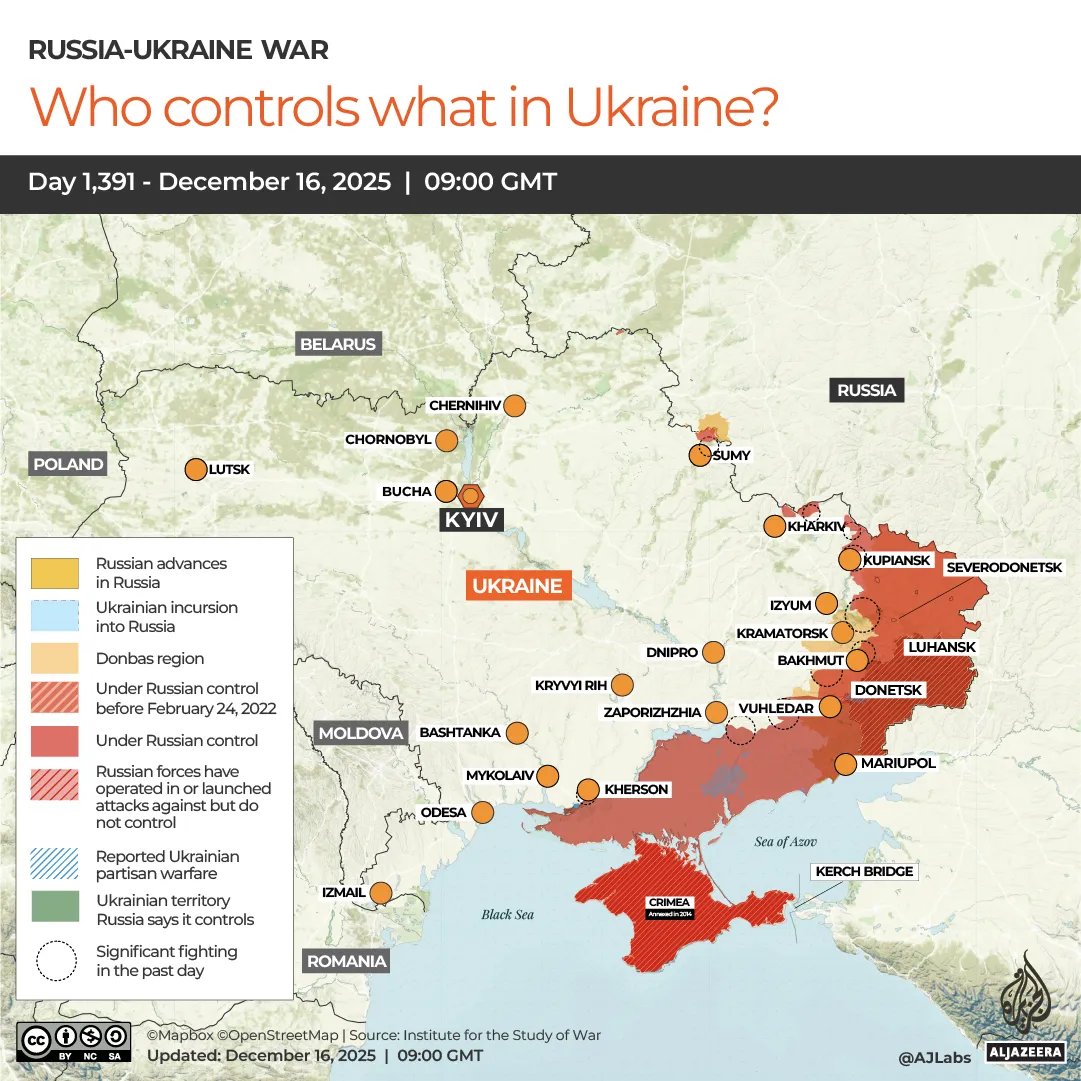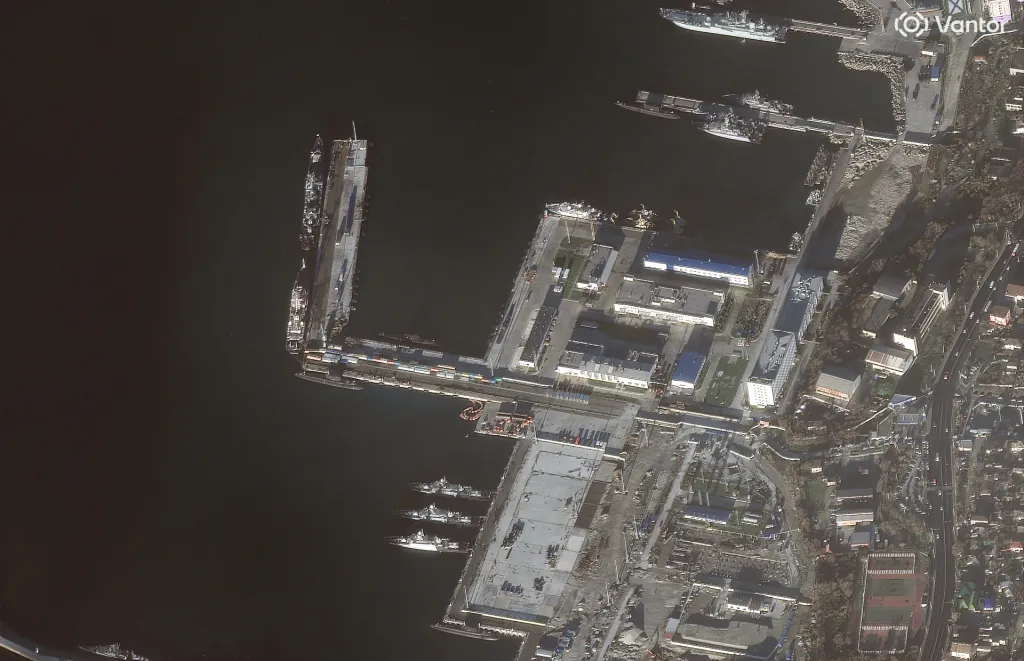Ukraine’s own ‘Dancing with the Stars’ is back on for a special episode with wartime heroes
KYIV, Ukraine — Before the war, Ukraine’s own “Dancing with the Stars” was a cherished and popular television show, dazzling the audiences with performances by celebrities and professional dancers. The show is now back on for one special episode — this time with Ukrainian wartime heroes as the stars, underscoring the nation’s resilience in difficult times.
Many still remember how President Volodymyr Zelensky — then an actor — won the dance competition in 2006, the year that “Tantsi z zirkamy” as the show is known in Ukrainian, first debuted.
In the new, special episode, the dancers perform with prosthetic limbs, showcasing their strength in overcoming adversity. The lineup of participants includes public figures who rose to prominence since Russia’s full-out war on Ukraine was launched in February 2022.
But like all of present-day Ukraine, the show — which is part of an international franchise — has had to deal with a multitude of wartime challenges, including frequent power outages.
All the proceeds will go to the Superhumans Center, a specialist clinic for the treatment and rehabilitation of war-wounded victims.
A new reality
During a prerecording last week, dancers spun, leapt and glided under the sparkle of lights, some seamlessly integrating their prosthetic limbs into the choreography.
For creative producer Volodymyr Zavadiuk, every segment of the show is precious, creating something special during tough times.
“It’s about our resilience and it’s about our future,” said Zavadiuk, who also heads Big Brave Events and the Big Entertainment Shows department at 1+1 Media.
Among the performers was Ruslana Danilkina, a war veteran who lost her leg in combat in 2022 and is now renowned in Ukraine for dedicating herself to helping injured troops adapt to life with prosthetics.
She delivered a passionate performance centered on reclaiming her womanhood following the traumatic injury.
Also back in the show is beloved dancer Dmytro Dikusar, this time as a competition judge. He juggled filming and serving with his platoon on the front lines.
Ukrainian rock musician Yevhen Halych sat in the makeup chair ahead of his number, reflecting on his own determination to bring back the show.
“We are filming this project in a country where there is a war. … We have power cuts, we may have an air alert, it could be bombing,” he said. “What do I feel? I feel a genuine desire to live a full life, no matter what happens.”
Wartime challenges
Producing the show’s special episode has been no easy feat in time of war. A live broadcast was impossible — a Russian attack can happen at any time. Then there were the technical obstacles: during last week’s recording, a key generator malfunctioned.
When the show airs on Sunday, audiences will vote for their favorite.
Danilkina, who was only 18 years old when she lost her leg and who today works at the Superhumans Center, enthralled everyone with her passionate performance, her prosthetic limb artfully integrated into her routine.
“Our dance number is about life. It’s about accepting love,” she told The Associated Press after her performance. “Because in reality, when your body is wounded, it’s very difficult to love yourself. And allowing someone else to love you is even harder.”
Her injury was not the end of her life, she said, and now she wants to show “thousands of wounded boys and girls who are starting their lives over again” that it’s not the end of theirs.
For veteran Ivan Voinov and his wife of three months, Solomiia, the show was more than just a dance performance: it was the second time they had danced together since his injury, the first time was at their wedding.
Solomiia Voinov smiled shyly, recounting how she had long tried to persuade Ivan that they should dance until he gave in.
“We don’t take our eyes off each other while dancing, and it’s a great connection,” she said. “I’m happy.”
Voinov said he was already planning their next dance — a bachata, a fast-paced, hip-swaying style of dance that originated in the Dominican Republic.
“We will be able to continue dancing,” he said. “It means that there is a future.”
Kullab and Stepanenko write for the Associated Press. AP videographer Alex Babenko in Kyiv, Ukraine, contributed to this report.











